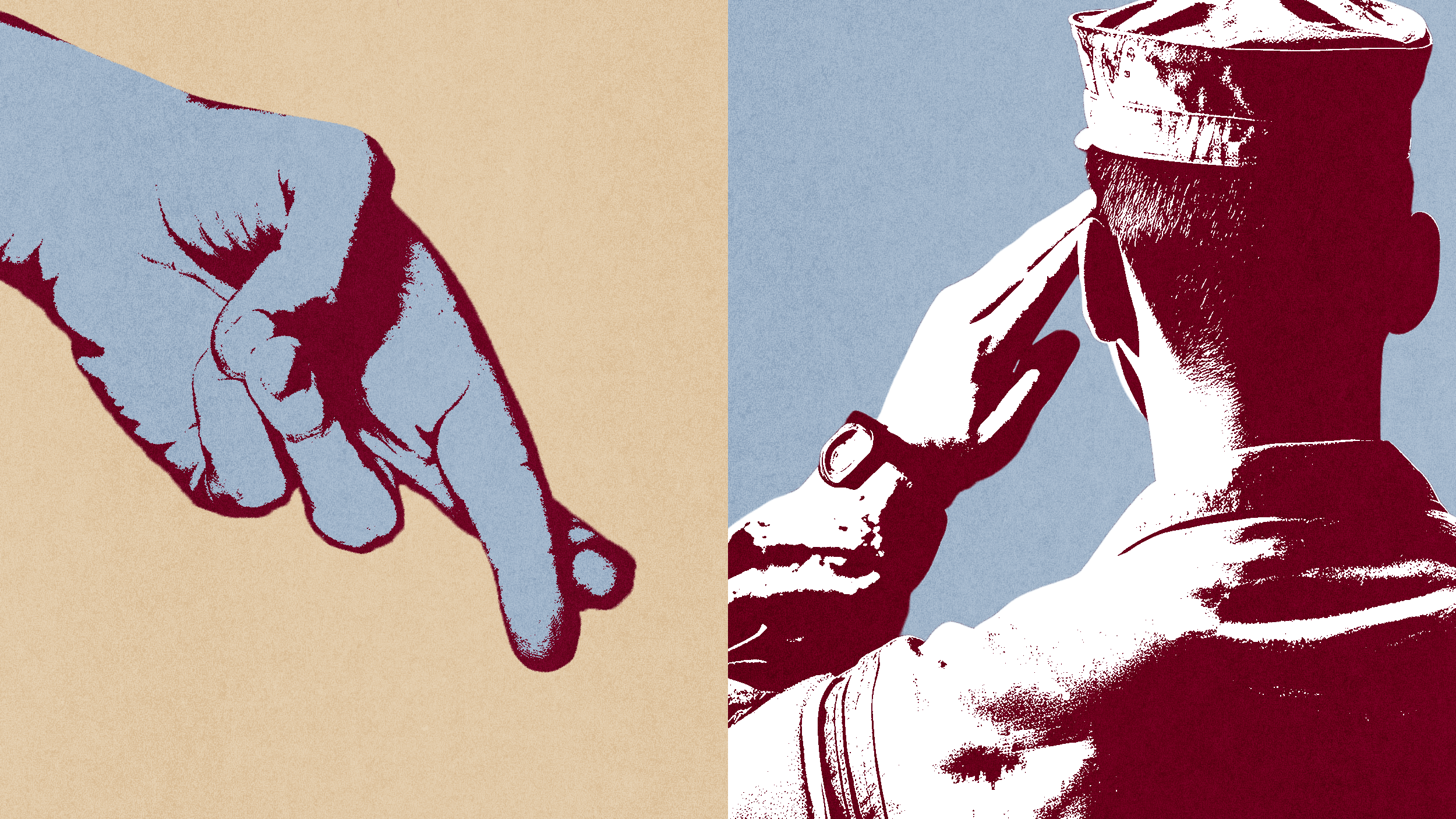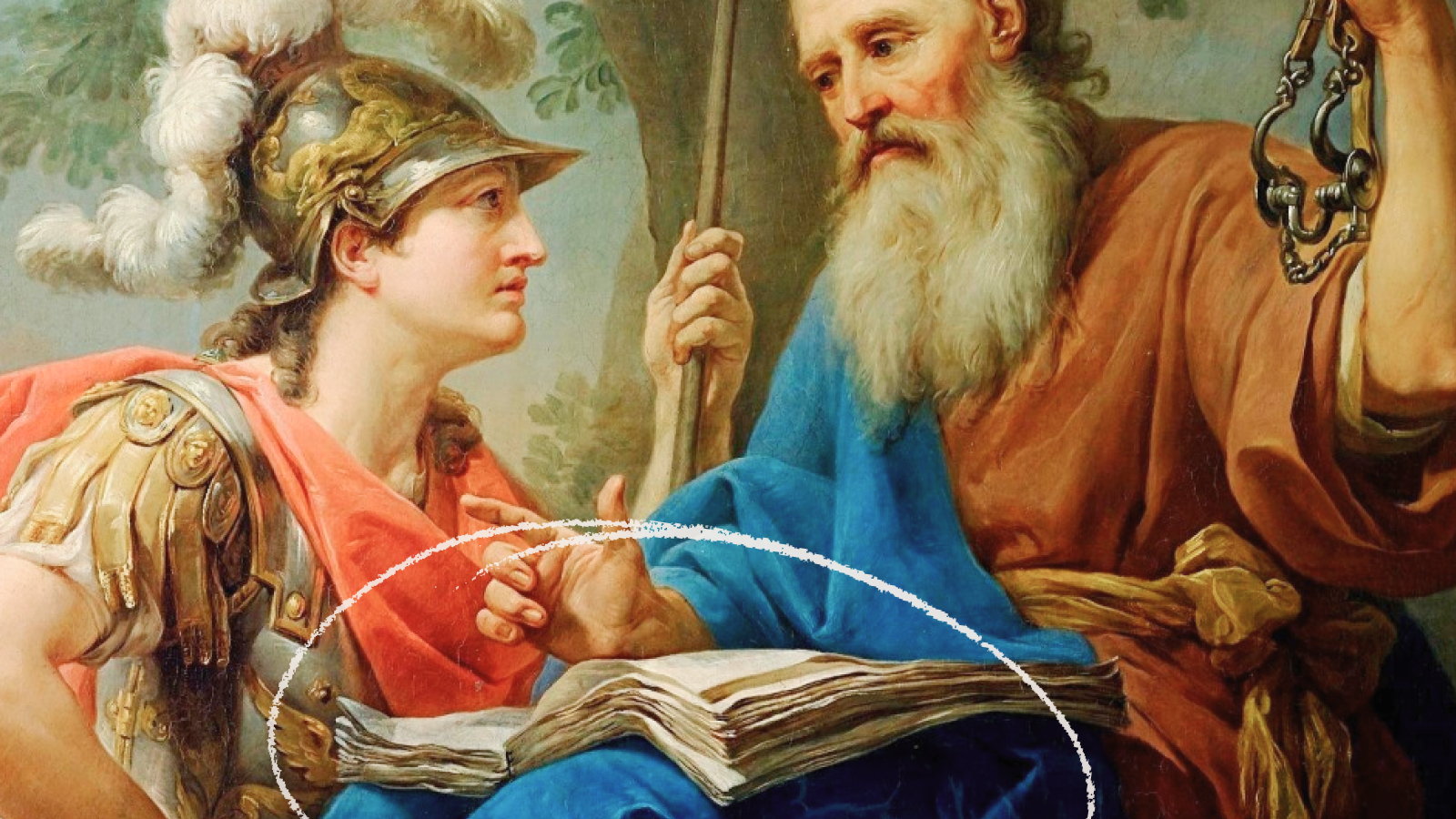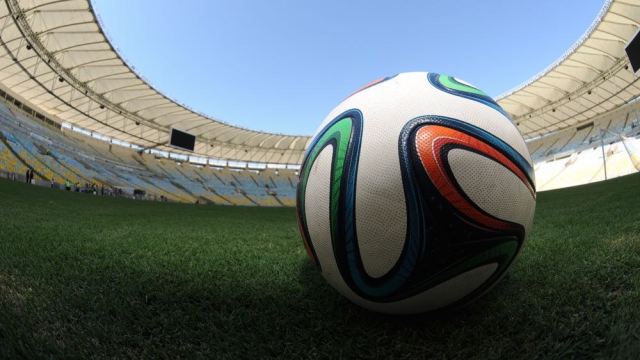Throwback Thursday: The Legacy of Sally Ride
What the first American woman in space meant for people everywhere.
“Each generation goes further than the generation preceding it because it stands on the shoulders of that generation. You will have opportunities beyond anything we’ve ever known.” –Ronald Reagan
Three years ago, Sally Ride, the first American woman ever to fly in outer space, passed away at the age of 61 from pancreatic cancer. Earlier this week, she would have celebrated her birthday, and as we stand on the precipice of so many new discoveries about the Universe, I thought it was time to take a look back at all that we gained from her life.
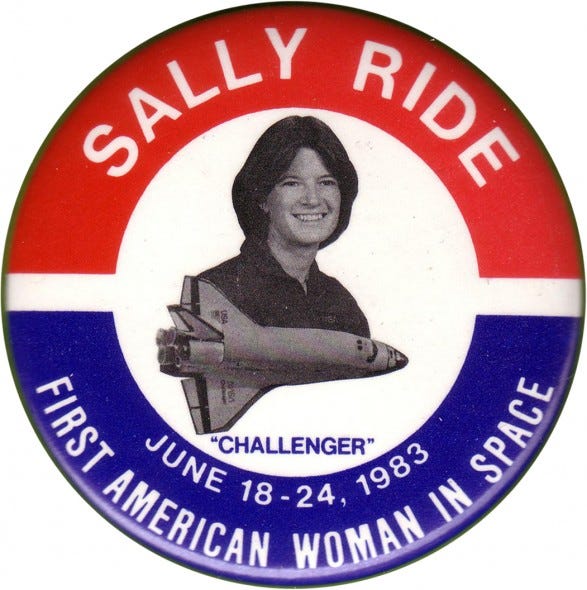
To many different people, her life, her achievements, and her death means a great diversity of things. To anyone with a love of outer space, human exploration, and achieving your dreams, her story will likely resonate with you, too. I’d like to share with you what are, for me, the highlights of her career. In addition, her legacy was a personal one for so many of us — male and female alike — and resonated tremendously with me from a very young age.
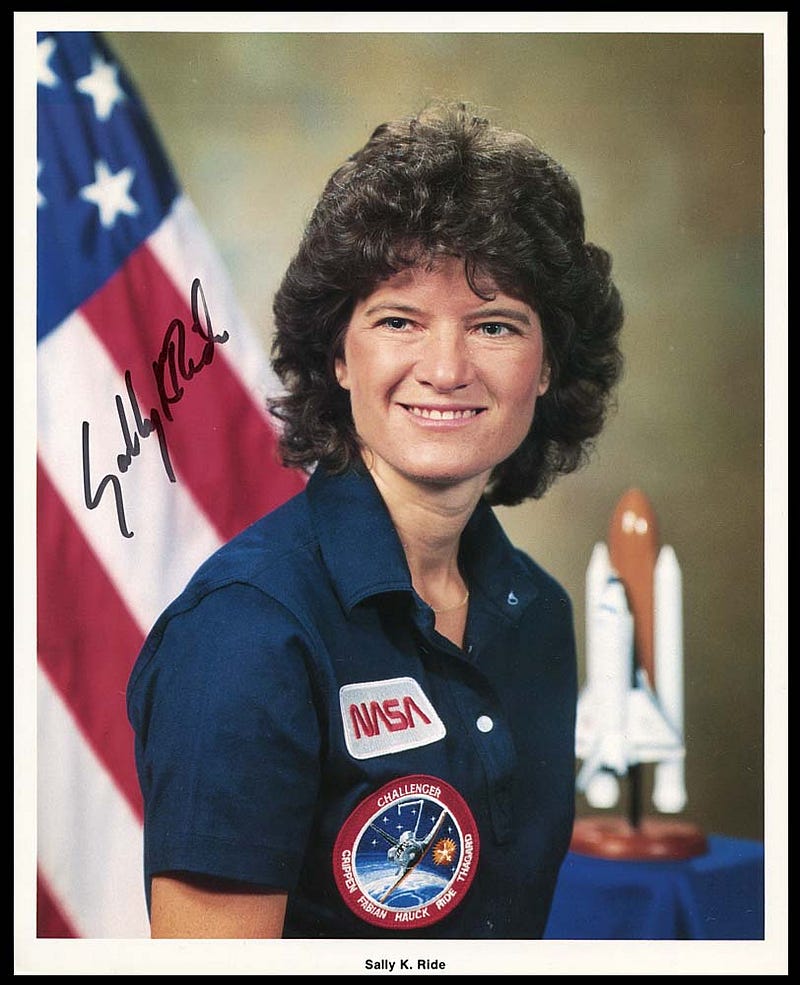
In 1978, the Space Shuttle program was poised to start up, and that meant NASA was going to be putting out their first call for new astronauts since the era of the Apollo program. There had been seven prior NASA Astronaut groups at that point, and every single astronaut selected in all seven groups was white, male, and from either the Air Force, Navy, or the Marines, with a few civilian scientists thrown in. But all that changed with Astronaut Group 8, code named TFNG.

Shown above in their official NASA group photo, the group of thirty-five including the first Army astronaut, the first African-American astronauts, the first Asian-American astronaut, the first Jewish-American astronaut in space, and, of course, the first women astronauts, too. (Although if history had played out differently, that might have happened sooner.)
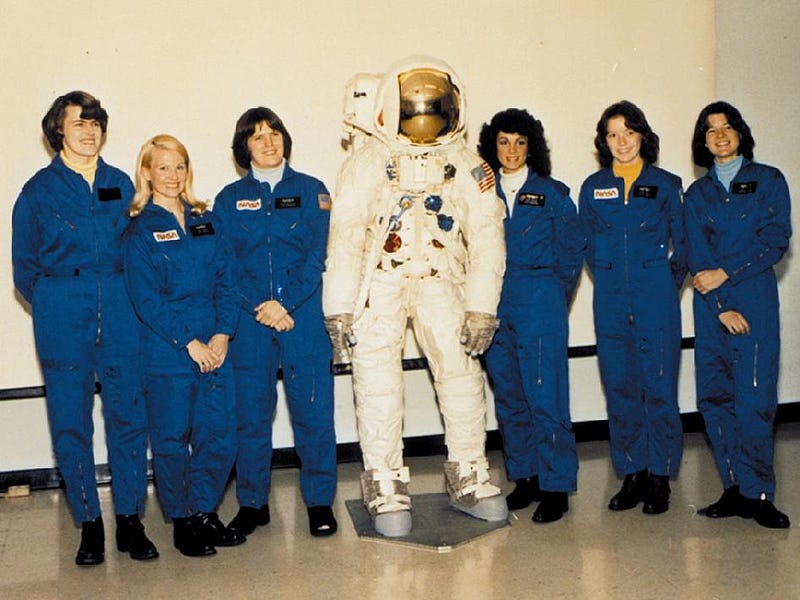
This represented a big change from the first seven astronaut groups, and all 35 in the group wound up successfully passing training and flying into space aboard the US space shuttles. The six women, in particular, all achieved remarkable things, with Sally Ride becoming the first American woman to reach outer space on June 18, 1983, aboard the Space Shuttle Challenger.
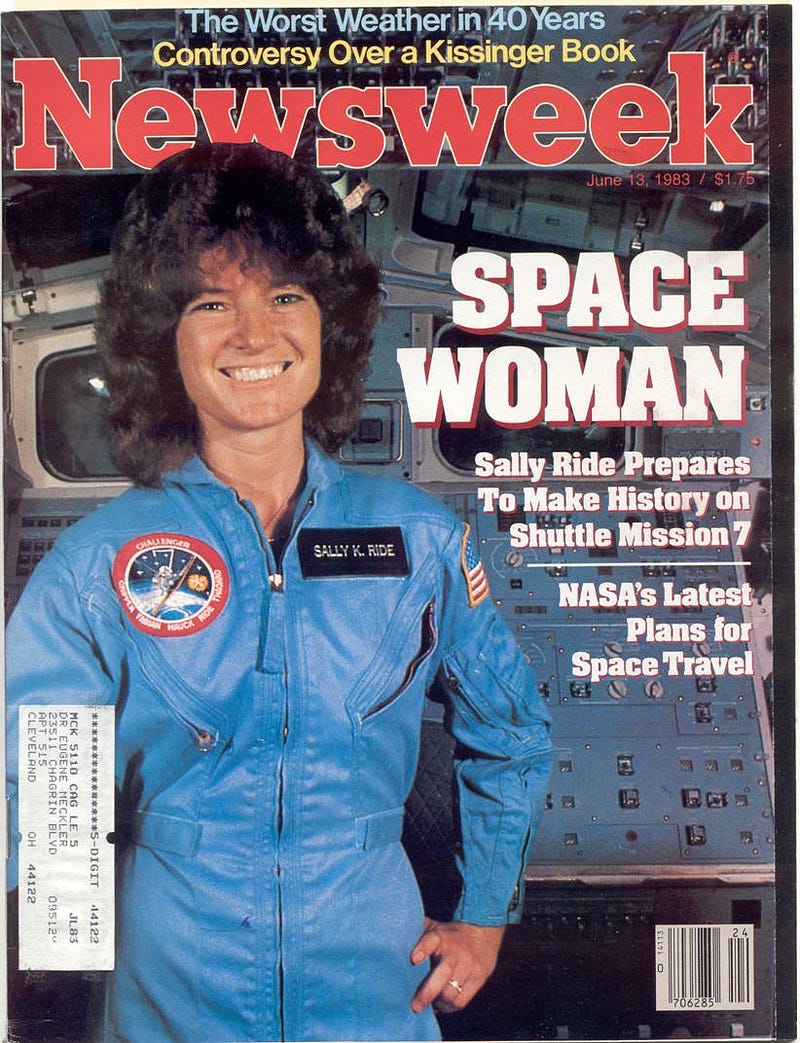
Sally Ride also became the first woman to use the shuttle’s robotic arm, using it to retrieve a satellite, and returned to space a second time, also aboard Challenger. She later headed the Presidential Commission’s subcommittee of Operations investigating the Challenger disaster. She is also the founder of NASA’s office of exploration.
After leaving NASA in the late 1980s, she became a Professor of Physics at UCSD, and in 2001 founded Sally Ride Science, an organization aimed at supporting young girls interested in math and science. She is the author or co-author of five books on space, all geared towards encouraging children’s interest in space and science.
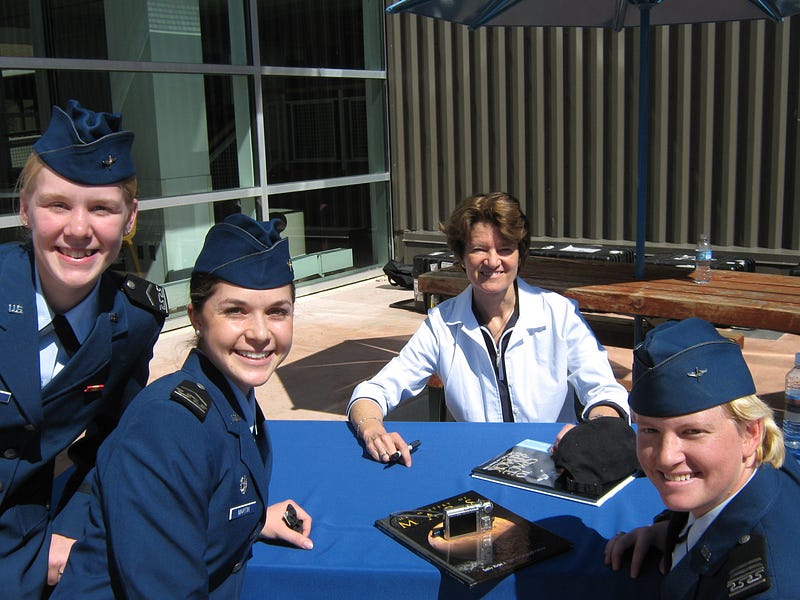
It’s a life full of remarkable accomplishments, and although she’ll likely best be remembered for being the first American woman in space, her legacy is far more important than that. And that legacy — for me and everyone of my generation and after — is one we’ve always known.
The same year that Sally Ride and the other Group 8 Astronauts were selected was the same year I was born into this world. I grew up in a world where yes, American men had walked on the Moon, but Americans of different ethnicities, religions and genders had all been to space. In 1986, they wheeled televisions into our classrooms to watch the launch of the Challenger, where Christa McAuliffe was set to become the first schoolteacher in space.
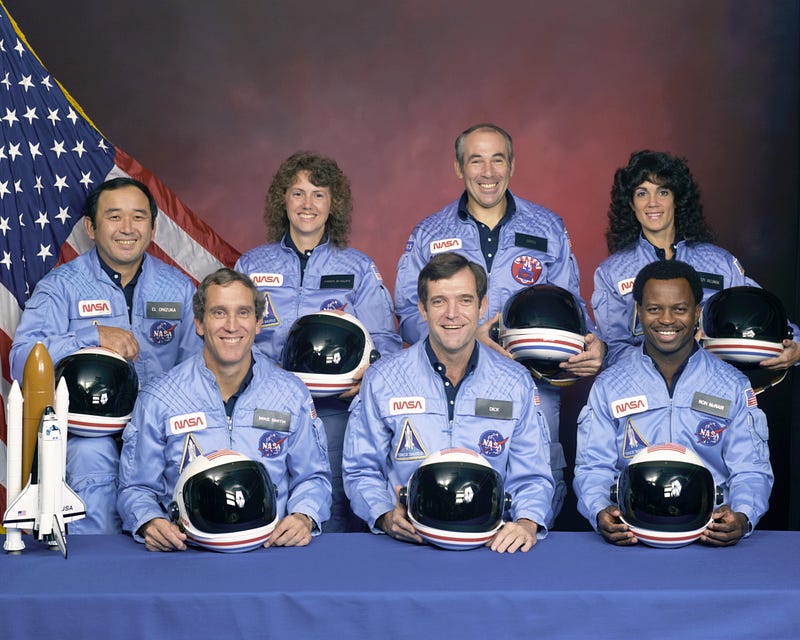
Instead, of course, as a roomful of 7-and-8-year-olds, we all watched a tragedy unfold before our eyes as the shuttle exploded, resulting in the deaths of all seven crew members. Afterwards, I remember learning about the lives of the STS-51-L crew, how four of the astronauts killed were from Ride’s Astronaut group 8, how Judy Resnick loved doing acrobatics in space and how Ronald McNair loved the saxophone.
But what struck me then — and what still strikes me today — is that these people all wanted to be astronauts, and they were all capable of being astronauts, and they all worked hard to get there, and they all made it. And if I wanted to, so could I.
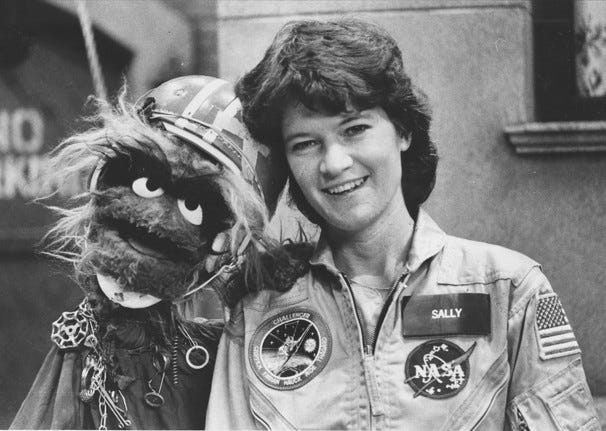
Many in this world are going to remember Sally Ride as the first American woman in space, and that’s fine. Many will remember her efforts in education, in working to improve girls and women in science, and — as was revealed upon her death — some will remember her for her sexual orientation.
But the beauty of growing up in a world where Sally Ride happened, where I never knew of a world where there were no women astronauts, no black astronauts, no foreign-born astronauts, no asian or asian-american astronauts, is this: if you’re good enough to do it, no matter how different you are from everyone else who’s ever done it, you can. And that’s true whether you want to be an astronaut or anything else in the world.
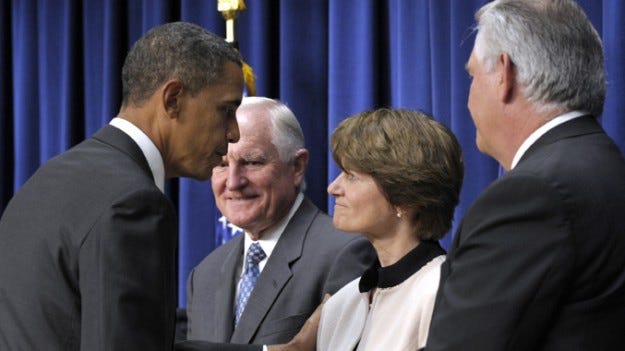
Sure, there will be people along the way who tell you you can’t, who won’t support you, and who may even work against you. Don’t let them discourage you, and don’t stop doing what you love. The facts about who you are — regardless of your gender, your race, your religion, or your sexual orientation — have no bearing on the person you are, what you can be, or all the things you can (and will) accomplish. Sally Ride wasn’t the first US woman to become an astronaut to me. She was an astronaut, a teacher, a scientist, a writer, and a role model who happened to be a woman.
Sally Ride didn’t teach me that women can be anything they want to, just like men can; Sally Ride helped me to grow up in a world where the notion that you couldn’t be anything you wanted because of who you intrinsically are is absurd, and demonstrably untrue.
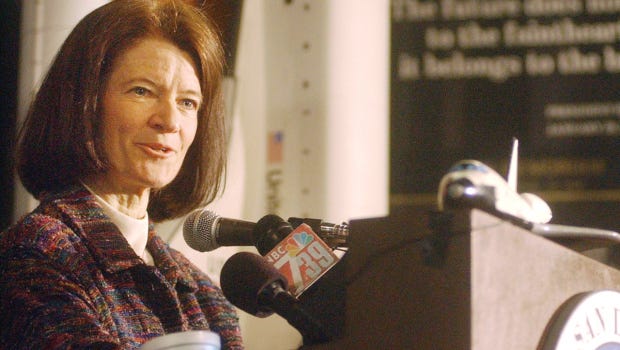
None of us need to be the next Sally Ride, nor could we ever be. There was only one, ever, in the entire Universe like her. And so it is for each of us. Sally lived a life where she was as true to herself as she could be, and was the best version of herself that she could figure out. That should be something we all aspire to, and simultaneously, it’s something accessible that each one of us can accomplish, whether we turn out to be astronauts or not. So don’t despair if you won’t be the next Sally Ride; you’ll be the first and only you.
But still, her legacy is worth remembering. She left the world once to break a barrier that needed to be broken, she left it a second time to continue what would become her life’s work. But by time she left it for the third and final time, to depart into the great beyond, there can be no doubt about the fact that she changed the world for the better. Thank you, Sally Ride.
Leave your comments at the Starts With A Bang forum on Scienceblogs!

